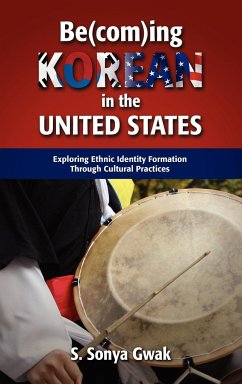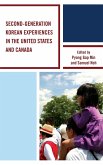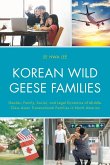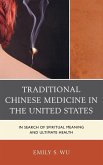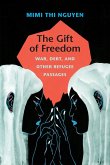Koreans have been immigrating to the United States via Hawaii for over a hundred years, although the greatest influx to the mainland began after 1965, making Koreans one of the most recent ethnic groups in the United States. The intimate socio-political links between the United States and the Korean peninsula after World War II also contributes to the ideas and ideals of what it means to be Korean in the United States. As with many people with immigrant background, young people of Korean descent residing in the United States try to understand their ethnic identities through their families, peers, and communities, and many of these journeys involve participating in cultural activities that include traditional dance, song, and other such performance activities. This study is the culmination of a four-year ethnographic research project on the cultural practices of a group of Koreans in the United States pursuing the traditional Korean cultural art form of pungmul in exploring their ethnic identities. Through the accesses and opportunities afforded to the members of Mae-ari Korean Cultural Troupe by the national and transnational networks with other people of Korean descent, these young people begin to understand themselves as "Korean" while teaching and learning traditional Korean cultural practices in performances, workshops, and everyday interactions with each other. Most studies about Asian Americans focus on the immigration challenges, or the conflicts and differences between generations. While these are important issues that affect the lives of Asian Americans, it is also valuable to focus on how new cultural identities are formed in the attempt to hold on to the traditions of the immigrant homeland . This research pays close attention to how young people understand their identities through cultural practices, regardless of generational differences. The focus is on collective meaning-making about ethnic identity across immigration statuses and generations. In investigating their ways of being, author Sonya Gwak pays close attention to the semiotic processes within the group that aid in creating and cultivating notions of ethnic identity, especially in the ways in which the notion of culture becomes indelibly linked with "things" within and across the sites. Dr. Gwak also explores the pedagogical processes within the group regarding how cultures are objectified and transformed into tools of teaching and learning. Finally, the study also reveals how people understand their ethnic identities through direct and active engagement with, experience of, and expression of "cultural objects." By looking at the multiple forms of expressing ethnic identity, this study shows how the young people in Mae-ari locate themselves within the time and space of Korean history, Korean American history, activism, performing arts, and tradition. This study argues that ethnic identity formation is a process that is rooted in cultural practices contextualized in social, political, and cultural histories. This book advances the field of ethnic and immigrant studies by offering a new framework for understanding the multiple ways in which young people make sense of their identities. Be(com)ing Korean in the United States is an important book for all collections in Asian American studies, as well as ethnic and immigrant studies.

